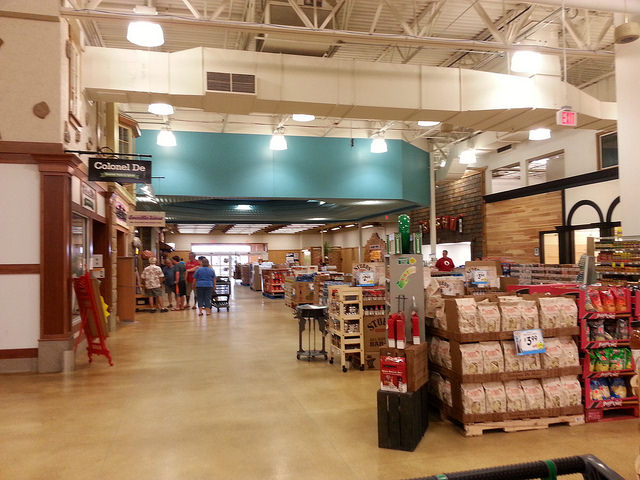
Everyone wants to predict the future. In the technology and business space, there have been white papers that talk about the future of “X”: retail, technology and digital. Though there are many reports that talk about high-level trends full of data, one might be left wondering: how does this apply to my organization and me?
Chris Merkle created his agency RAZUR to solve this problem, which he explains in the introduction of “The Future of Retail 2016 Report” below:
“As a retailer you are faced with the challenge of trying to hit a moving target. That target is getting the right product to the right customer at the right time. As if that challenge was not enough, the ever changing technology landscape and the low barrier to entry for competitors makes it even more difficult to maintain market share. So what do you do?
As a solution, RAZUR and other retail thought leaders prepared the top 10 trends in retail across social, mobile, the web, in-store and brand experiences for the year to come.”
Thought leaders in the report include Vicki Cantrell (National Retail Federation, Shop.org), Julie Riederer (Sachs Insights), and Chris Merkle (RAZUR, Future of Retail Think Tank) himself. They provide insight into the major forces changing retail globally and help you think like a consumer by demonstrating shifting needs. The report also brings key insight from major players in the fashion retail space like Shirley Zhang (Product Manager, Global Digital Innovation, Coach) and William Kim (CEO, AllSaints). Also included in the report are examples of brands that embrace the trends and ideas about branding and trend analysis.
The “Future of Retail 2016 Report” is an easily digestible read, so summarizing it in a sentence seems a bit silly. However, this sentence is important, interesting and a good mantra for your business:
“Customers want their choice of the best and the best service to go with it.”
The statement is two important ideas.
The first is about choice. As Julie Riederer explains, customizable products—while exciting and a great way to provide options—can also lead to too many choices. It’s the overchoice problem: after a certain point, adding more options gives consumers too much to think about and they refrain from purchasing altogether.
The solution to this is curation. Your brand has to prove its authority to help your customer make decisions. This can be done by using data from the customer to help guide their choice, or by providing context to your products through content. The other option is to have an outside authority reinforce the quality your brand’s products, like having social media influencers showcase them or to have experts review them.
The second part, good service, seems obvious. Not only does this refer to creating consistent online and in-store experiences but it also means giving a connected experience—like enabling customers to access inventory in real time. Websites and apps brands use must provide a good customer experience while also making sure that the data shared is both private and secure. Businesses must provide quality in-store and post-purchasing (delivery, etc.) experiences. Finally, you must also foster an innovative future for your brand. This way you don’t have to catch up with innovative ideas in customer service or store design; you’ll be the one setting the trend.
The sentence above is a broad statement, and clearly doesn’t cover all the ideas presented in the report or the examples provided. I suggest you to read the report in full. You can sign up to view the free report HERE.
Image Credit: CC by Nicholas Eckhart



